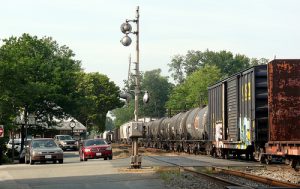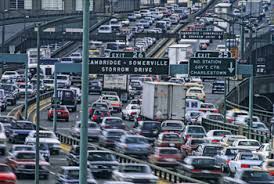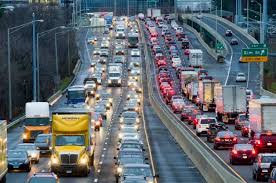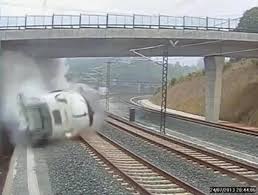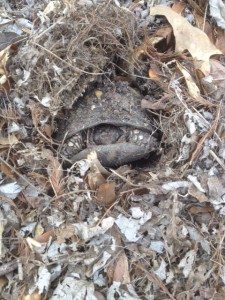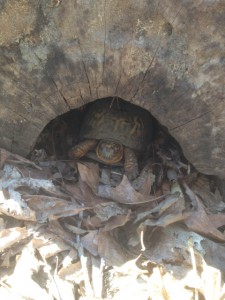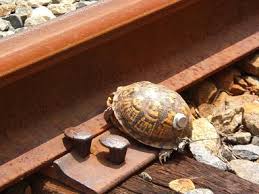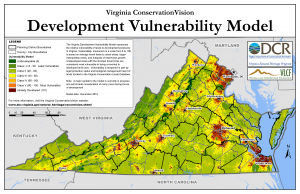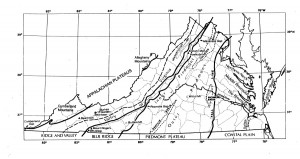Habitat Destroyed?
For me, there is no worse sound in the world then the “BEEP, BEEP, BEEP’ of heavy equipment. It means that something is getting destroyed, and it is usually habitat. Today, as I headed out to do my morning chores on the farm, I noticed a Rappahanock Electric Co-op truck and a good sized tractor, complete with protective cage, and bush-hog, heading down the dirt road that skirts our property and leads to the power line right of way that follows the back property line of our 20 acres. It wasn’t long before I saw the Pick up leave and heard the tell tale; Beep, Beep, Beep… of the tractor
and knew I needed to investigate.
Now don’t get me wrong, I love being part of the Co-op that Rappahannock represents. They are quick to respond to issues and generally much more consistent then their counterparts. REC also publishes an adorable monthly magazine that keeps members in the know, shares members photos, and has a lovely calendar of events from far reaches of the state of Virginia. Earlier that morning as I enjoyed my first cup of coffee I mulled over the monthly issue that had arrived just a day before with a very nice article about the monarch butterfly and how we can help them by planting milkweed. So I jumped on the RTV and followed the path that the tractor had taken down the dirt road.
A Very Wet Spring!
This spring has been and interesting one with more rainy days then sunny ones and we are currently at more then double the normal amount of rain. The back of our property, where the power line runs, also is bordered by a small creek that flows year round and judging by the deep crevasse it has made, has done so for many, many years. Unless you are a deer, one cannot walk the length of the property due to the steepness of the banks, and the briers, ideal habitat for small critters, including snakes and turtles. Besides providing berries, seeds, flowers and foliage for the wildlife to enjoy, many of the plants also provide year round shelter and protection, and help discourage trespassing hunters from using it as a cut-through. The trees that border the REC right of way have been pruned on a regular basis and the saplings that grow here and there are best cut by hand in such a treacherous area. It just so happens to be raining… Again..! The plants that hold the earth together in the back of my little piece of paradise have been cut to the base and the surviving mud is trench thick. I am amazed that the tractor is still upright, and as the gentlemen that watches me approach waves down the driver of the tractor, my heart sinks when I see the condition of my blackberry patch that was in full bloom.
Blackberries, brambles, sticker-bushes, call them what you will, but they are a mid summer staple for the box turtles that call the sanctuary home. Once they are ripe, the birds, deer, turtles and myself all vie for a good location to reach as many as we can. The Milkweed and the poke-berries, weeds to some, to me important natural food for the native animals that have lived here before our people knew this country. They are all gone now..
My conversation with the “powers that be” following the destruction of the native forage along the right of way has left me amazed, confused, disappointed and totally frightened for the future of our earth. There will be a day when we will all be accountable for the damage that we have done to our planet. Rappahanock Electric Cooperative evidently does not practice what they preach. REC has a excellent opportunity to improve the areas that they must traverse, to be proactive by communicating with land owners, educating them about wildlife habitats, planting native perennials, and encouraging the community to participate in efforts to give wildlife a place to live. The apology that was offered was shallow and meaningless. Unless this is acknowledged with-in the higher authority, through planning and education, I am afraid we are doomed.
I am a member of this cooperative, and I will let my thought on this matter be heard.. People, we need to start somewhere.. Please start in your own yards. Please be proactive in the protection that you can provide for any of our native animals, and plants. Stand up for our planet! For goodness sake.. STOP for turtles crossing the roads! ALL LIVES MATTER! If we cannot preserve what was here before we came.. then we cannot preserve ourselves. We are all part of the circle of life on this planet, and if you see someone else disrespect our earth.. Do Something About It!
Shelley



